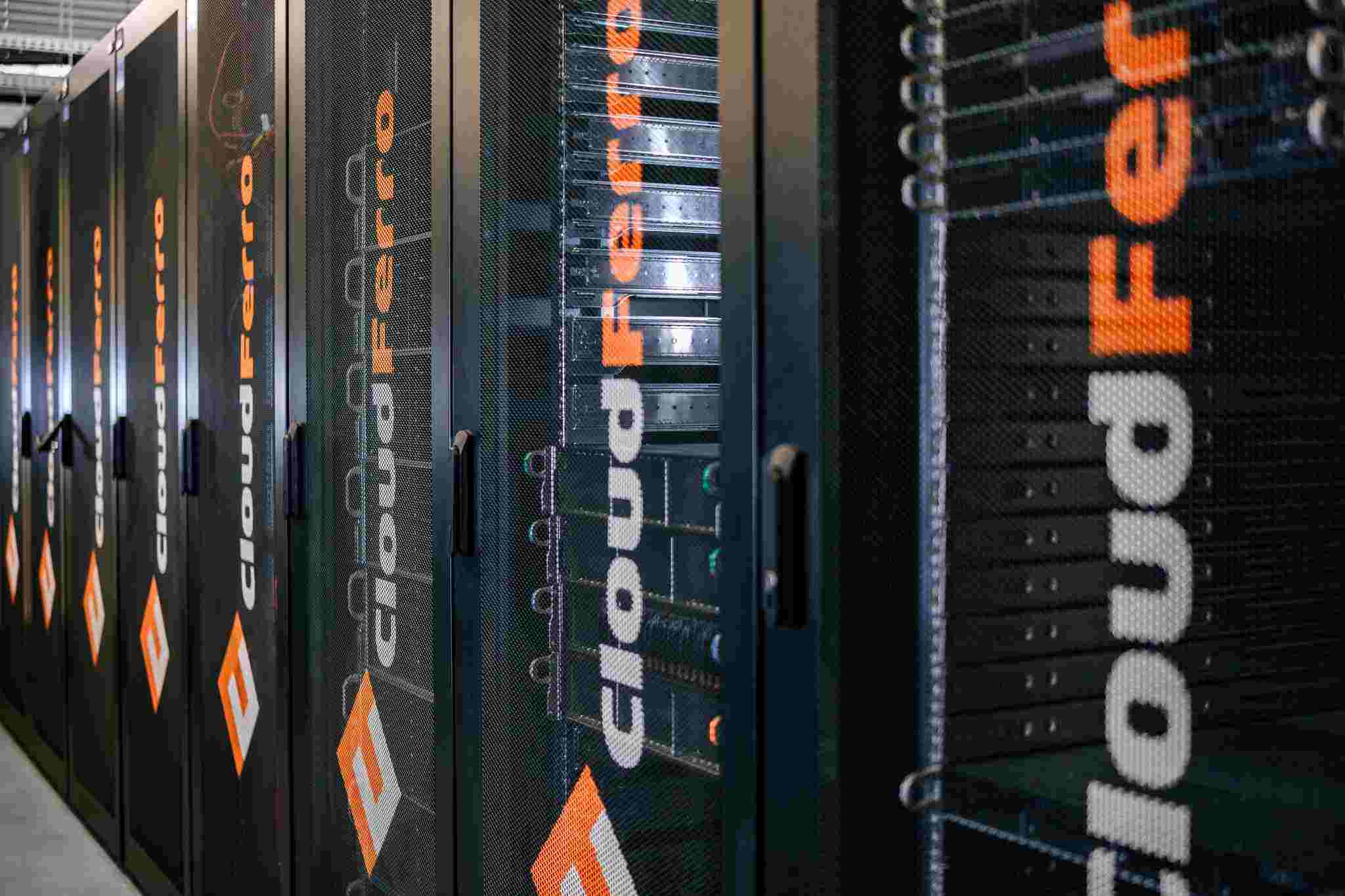How can satellite remote sensing help analyse forests?
Forests cover 31 percent of the world's land surface, that's over 4 billion hectares[1]. According to the research published in Nature Climate Change in 2021, forests are a natural ’carbon sink’ that absorbs a net 7.6 billion metric tonnes of CO2 per year. The degradation of timberland around the world has prompted scientists not only to seek ways to halt these processes but also to develop objective diagnostic methods to assess the status and changes occurring in forests. After all, there is a lot at stake – as the United Nation's Global Forest Goals Report 2021 estimates, 1.6 billion people worldwide depend directly on forests for food, shelter, energy, medicines, and income[2].

The development of technology and the integration of satellite data with environmental models have given us the ability to observe the Earth on a large scale. One of the tools used to monitor the state of the environment, especially complex ecosystems such as forests, is satellite remote sensing.
How satellites for remote sensing work
Satellite remote sensing includes a whole set of procedures involving the acquisition, processing, and interpretation of satellite images, from which spatial information is extracted. Images of a given area can be taken regularly with successive satellite overpasses, which makes it possible to observe changes that have occurred in each area even over a long period of time. These methods allow us to observe changes in land cover, analyse the condition of vegetation over large areas, or monitor the extent of natural disasters, such as droughts, floods, and others. Moreover, remote sensing methods effectively reduce costs and research time. The CREODIAS platform, for example, has more than 30 PB Copernicus EO data available free of charge and off-the-shelf. This platform and similar platforms allow for data to be processed in the cloud without the need for time-consuming downloads to local computers or arrays. Moreover, the public cloud for their processing that CloudFerro provides is a much more cost-effective solution than having infrastructure on one's own.

Observing forests from space
Applying remote sensing techniques to monitor such complex ecosystems as forests can be a laborious undertaking. The complexity lies mainly in the multi-layered structure of forests, their species composition, and spatial variability. Therefore, when analysing images from several months, we can see completely different objects, despite the fact that the characteristics of the forest have remained unchanged.
However, this can bring some advantages to the process. For instance, if we dispose of multi-temporal data, we can better classify the species because their evolution during the growing season is specific. The growing popularity of remote sensing can also be attributed to its detail and comprehensiveness. Today, satellites are able to capture high-resolution images, making it possible to detect even individual trees.
The process of forest area analysis
Today, remote sensing is mainly used for ongoing monitoring and forest inventories. A satellite image is a unique way to do it on a global scale. Even at regional, national, or local scales, remote sensing is often the only way to obtain data on forests located in hard-to-reach places or dangerous regions of the world. Such data can be used by local forest management institutions and global environmental agencies to monitor the condition of the area, and manage environmental emergencies.
The first stage of forest monitoring is determining its spatial extent, where different remote sensing data, are used. This information, combined with the documentation on land use, allows us to create accurate maps, but also to indicate areas of succession.
Knowing the extent of forests, satellite data can also be used for forest analysis to:
- determine the size (volume) of the forest, i.e., the amount of biomass present in a given area. This allows us to estimate the amount of wood that can be harvested, as well as determine the amount of carbon in the ecosystem
- rapidly and accurately identify changes on the forest surface caused by wind, fires, floods, or sustained or human activities
- to map all the impacts of human activities, even in the most remote areas of the planet.
Processing forest data in a cloud environment
One of the most advanced forest analyses performed on a global scale is Forest Digital Twin Earth Precursor developed by the European Space Agency, as part of the Digital Twin Earth Precursor (DTEP) initiative. Its aim is to create a digital replica of all the forest ecosystems, which involves integrating complex environmental models with a vast amount of Earth observation data combined with artificial intelligence solutions. CloudFerro, the operator of the CREODIAS platform, was a partner in the Precursor phase of the Digital Twin Earth project, delivering technical expertise and resources.
Large-scale research projects require advanced competencies and vast IT resources because they need to collect, store and process large volumes of data in an easy, cost-effective, and timely manner. CREODIAS’ powerful cloud infrastructure and its large repository of current and historic Earth observation data greatly facilitate conducting this type of research helping meet computation and storage requirements for processing growing volumes of data.
For more on species classification of forests, go to an article by a forest expert published on CREODIAS.
[1] FAO. The State of the World’s Forests 2022. Forest pathways for green recovery and building inclusive, resilient and sustainable economies. Rome, FAO (2022). https://doi.org/10.4060/cb9360en
[2] United Nations Department of Economic and Social Affairs, United Nations Forum on Forests Secretariat. The Global Forest Goals Report (2021). https://doi.org/10.18356/9789214030515









